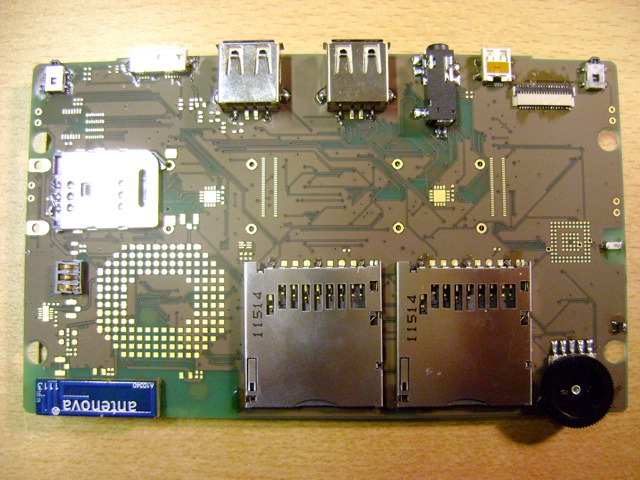ekianjo
Hardcore Member
This is a better link :last, here is a good review of the pandora: http://www.head-fi.o...ts/open-pandora
http://pandoralive.info/?p=148
Same author, same content, but enriched and more readable
This is a better link :last, here is a good review of the pandora: http://www.head-fi.o...ts/open-pandora
ah cool!This is a better link :last, here is a good review of the pandora: http://www.head-fi.o...ts/open-pandora
http://pandoralive.info/?p=148
Same author, same content, but enriched and more readable
true, mweston really did a great job here!I wouldn't object to spending more on a better chip, but to be honest I'd rather that money be spent on getting the circuitry just so.
wow, thats really interesting.Since human hearing maxes out at 20kHz or so, shouldn't the highest required sample-rate be around 40kHz?
44kHz sounds sensible, 190kHz is completely pointless
good read, thanks!I just stumbled about this excellent article on xiph.org. It is a very detailed scientific explanation about why more than 16bit/44.1kHz for playback is not only nonsense, but in case of the sampling rate even harmful as it just adds more possibilities for interference distortions within the hardware.
ED got you covered.. at least in the dummy prototype it's there.While we're at it, one shouldn't forget the physical volume pot.

I don't think it will be a problem -- audio is trivial compared to video. The Pyra will probably be able to play any full HD movie just fine, even if the display is only 720p. Playing too accurate sound is easy: just throw away the least significant bits and average the samples.I tend to think it'll become more important for the Pyra to be able to handle 96k/24b samples, even if those gets downsampled to 44.1k/16b before being produced. Those sort of samples will become more common, and while it'd make sense to transcode them down before taking them on the move, it'd be nice if instead of producing noise it produced something practically as good as the original tune. But I guess that's more of a software issue if it needs to transcode it on the fly. If the Pandora's DAC can handle 50k/24b then it's just a matter of throwing away half the samples.

